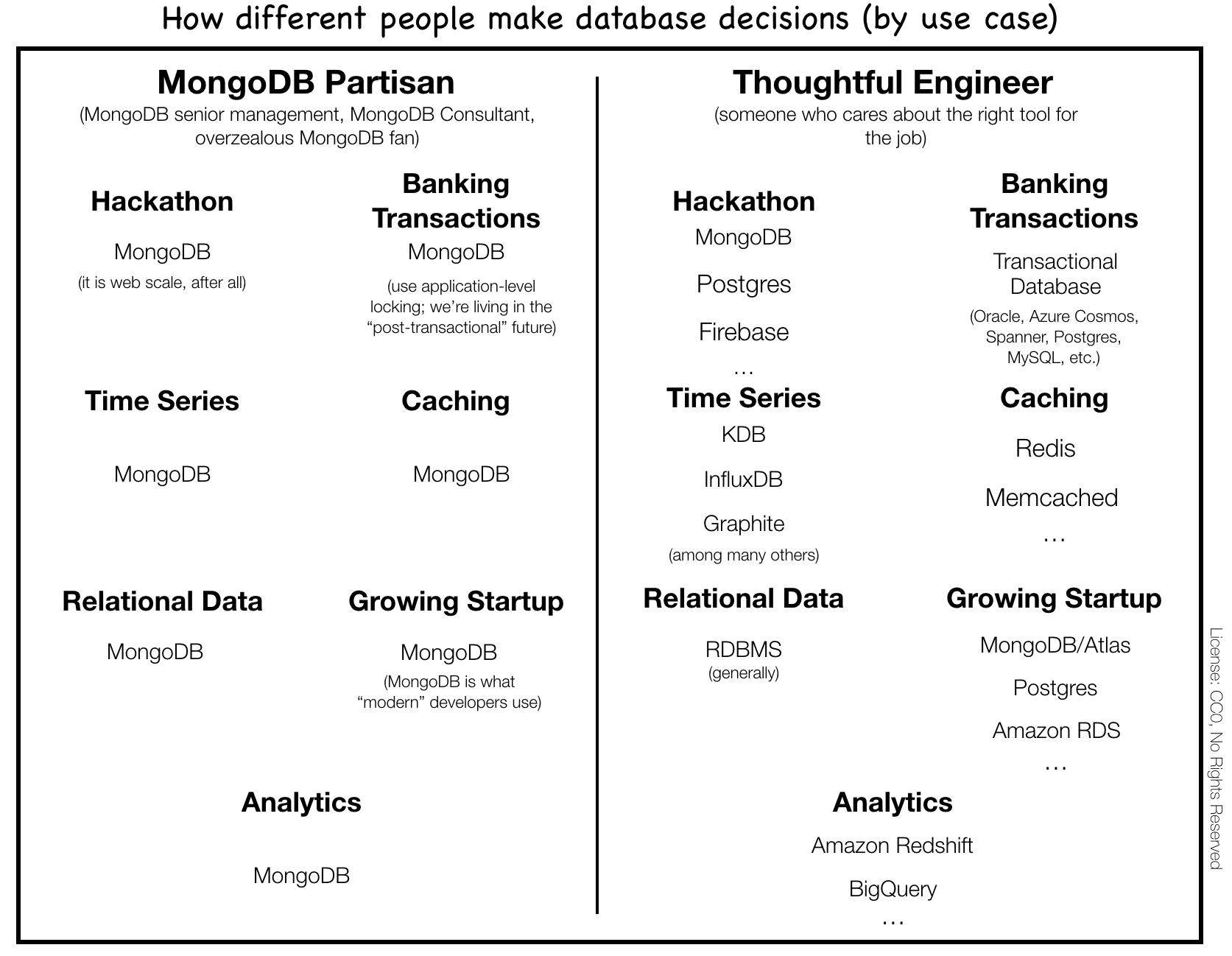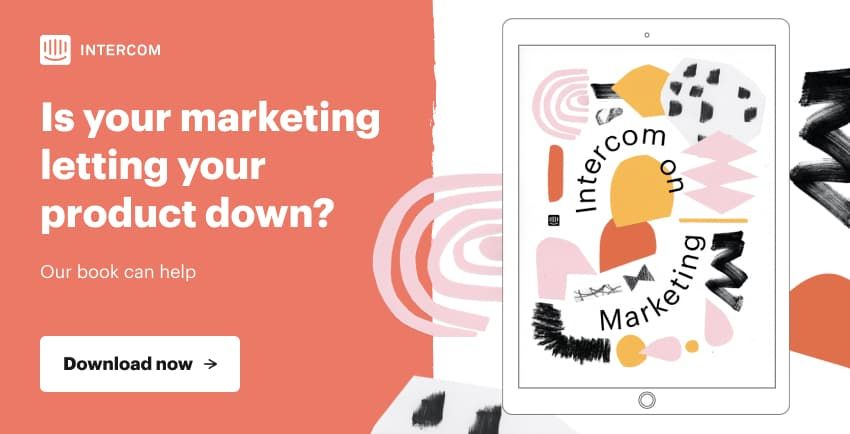
MongoDB’s Meagen Eisenberg on the must-have marketing tech stack
Meagen Eisenberg, CMO at MongoDB, discusses the most important hires every marketing team needs, what B2B marketers can learn from the consumer world, and how to win the hearts and minds of developers with your marketing programs.
For the past decade, marketing teams have been on a breakneck sprint to maximize their digital toolkits. But veterans like Meagan Eisenberg know that elite-level marketing requires a blend of automated tools and old-school personal relationships.
With more than 20 years of experience in marketing technology – from growing DocuSign’s platform to 50 million users to becoming the Chief Marketing Officer at MongoDB – Meagan has discovered that artificial intelligence is a powerful tool as long as it’s facilitating real, human connection.
She recently joined me at the SaaStock conference in Dublin to record a live podcast, where we talked about everything from what to look for in your first hires to must-have technologies for CMOs. Short on time? Here are five quick takeaways:
- No matter what, you are always trying to figure out the best way to get in front of the customer. There’s a lot of noise out there, and your competitors are trying to go after the same person you are. You constantly have to innovate and be creative in how you get your message in front of people.
- When hiring, Meagan is looking for problem solvers. Whether the position is product, demand gen or web development, there will be roadblocks along the way that require someone who can think creatively and get things done on a budget.
- Understanding your buyer and knowing what’s going to close them are the core elements of marketing. In the early days, you may start out with a few standard customer profiles – but evolving many personas over time will help you target more accurately.
- Navigating growth can be tricky: the people who led the company when it had 25 employees may not be the best fit when it reaches 400. You must be able to evolve quickly and hire the right talent for your growth stage.
- Technology has to work hand-in-hand with humans; you can’t remove people from the equation completely. Meagan sees a trend of moving back toward field work supported by sophisticated digital tools. It might be more expensive, but it results in huge returns your sales team.
If you enjoy the conversation, check out more episodes of our podcast. You can subscribe on iTunes, stream on Spotify or grab the RSS feed in your player of choice. What follows is a lightly edited transcript of the conversation.
Geoffrey: Meagan, welcome to Inside Intercom and thanks for joining us. Since it’s your debut on the show, can you give us a little bit of a feel for your career up until you joined MongoDB?
Meagan: Sure. I did MIS and computer science in undergrad. I was an IT engineer for a few years at Cisco and then decided to go back and get my MBA at the Yale School of Management. For the last 20 years, I’ve been in technology – product marketing, demand gen – and really came about when MarTech started to really boom. I was at DocuSign for three and a half years as their VP of Demand Gen and Customer Acquisition. We grew from 150 people to over 1,300, and from 13 million people on the platform to 50 million. Then I joined MongoDB a little over three and a half years ago as the CMO. We’ve been public for a year, which has been an awesome ride.
Geoffrey: What are the biggest differences you’ve found between joining a company with a couple hundred employees versus a company of more than a thousand?
No matter what, you are always trying to figure out the best way to get in front of the customer.
Meagan: When you first join a company, you need to do a lot of interviewing to see what’s missing and what you need to put in place, because it’s a critical time when you’re going to hire the right people. You’re going to put the right processes in place and the right technology, and through that, you scale. You’re looking for leaders who have expertise in the different pillars that are going to help you hire teams to lead the company through growth.
Geoffrey: As a marketing leader, what are some of the biggest challenges you face on a day-to-day basis, whether it’s at a small company like DocuSign or at MongoDB in your current role?
Meagan: No matter what, you are always trying to figure out the best way to get in front of the customer. There’s a lot of noise out there, whether it’s your competitors or just others in business trying to go after the same person you’re trying to go after. You constantly have to innovate and be creative in how you get your message in front of people. You have to make sure you’re understanding the influencers. Your product is evolving. The use cases are evolving. There are certainly challenges with talent: everyone is trying to hire, so you hire where the talent is, but it’s competitive. You have to not only hire great talent, but then you have to give them compelling projects to work on.
How MongoDB evolved into an overly broad set of use cases to become the “one database that ruled them all.”
What to look for in first hires
Geoffrey: As a CMO, what are your first few key hires if you’re joining a new company?
Meagan: You need a product marketer – someone who has the product core messaging, the differentiation, pricing, and packaging – who can really understand product market fit. If you’re not that talent, you have to have that. For your second hire, you have to get it to market through a demand gen person: someone who I’d consider a workhorse. They’re doing webinars, they’re doing email marketing, they’re doing social media – and you need to make it look good when it goes out the door. Thirdly, everything you do in marketing has some creative element, whether it’s a button online, a website, field marketing, a booth, social media, or then your web and systems. So that’s your web developer.
Geoffrey: Is there anything specific about the kind of qualities you look for in candidates?
Meagan: I want people who are solving problems. I hire you because there are problems to be solved, and there are roadblocks. I need someone to come in who can work with people who don’t report to them – who can figure out what it takes. There isn’t unlimited money so I ask if can you do it for low cost, if you can be creative and get everyone on board. In marketing, there are so many functions, whether you’re in product marketing, demand gen, field marketing, web and systems – all those different skillsets. So, I’m asking questions that indicate domain expertise. Then, I want to marry that with good problem solving, good attitudes, and I want to see if they match the culture of the company.
Geoffrey: In terms of the specific buyers of MongoDB at the moment, I imagine there are CIOs or equivalent?
Meagan: It’s a blend. We are the fastest growing database as a service with our MongoDB Atlas product, and that’s direct to developers. We have a ton of work and education out in the market around the developer. We have a corporate team inside sales, and then our enterprise team is working with CIOs who are doing digital transformations or just modernizing their legacy stack. I mean, database has been around for 40 years. We were invented at the time of the iPhone, when all this mass amount of data is out there and there was a variety and velocity at a pace never seen before. So we’re disrupting a lot of the old database vendors.
Geoffrey: How does that influence the specific channels that you’re choosing to market to?
Meagan: Developers are on all these channels. They are definitely online, reading. Their blogs matter, and they want to see a lot of code. They are social. We’ve gone from 70,000 social followers three years ago to 575,000. We just crossed a million people on our university. They’re taking free courses to learn about the product and how to work with it. We’ve got email marketing, just like everyone else. People do still respond to email if it’s targeted and at the right time for where they are in the lifecycle of your funnel. And we’re doing content and thought leadership, trying to learn about what’s out there – whether it’s microservices or something in blockchain. They’re out there learning, so we’ve got to create that type of content that brings them in and helps us be the domain authority around it.
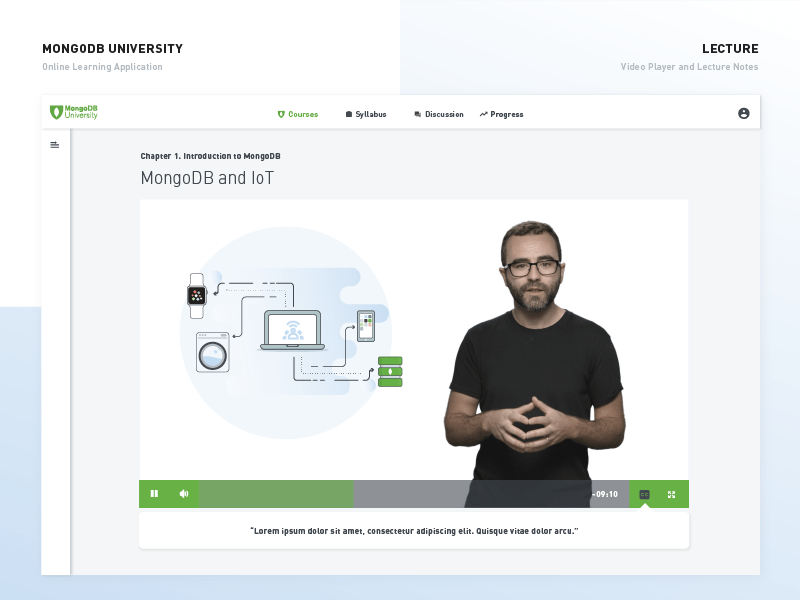
Strategies for building community
Geoffrey: I’ve always admired how community-driven MongoDB’s marketing is. Could you maybe talk me through the strategy there?
Meagan: We definitely have a thriving community. We have over 100 different MUGs, which are MongoDB user groups around the world. We’ve got Slack channels. We’ve got an Influitive hub, where people are doing challenges and socializing. We have a master’s program for those who are just strong experts in the space, and we have a customer advisory board full of our users as well. And of course they’re social. They’re out on Stack Overflow and Quora, engaging and asking questions.
Geoffrey: 2018 has been a very interesting year for open-source: MongoDB is an open-source company, and also we’ve seen the likes of Elastic go public with huge valuations. What are the advantages that some of these open-source companies have right now?
Meagan: You get a huge base contributing back to you. You don’t get vendor lock-in. Our atlas product runs on Amazon, AWS, Azure, GCP – you can migrate between the cloud vendors. You’ve got a lot of information out there and a lot of people learning the skills. People are creating their stack. They want open-source in that. It’s a huge advantage in terms of awareness in the market and getting users who love the product.
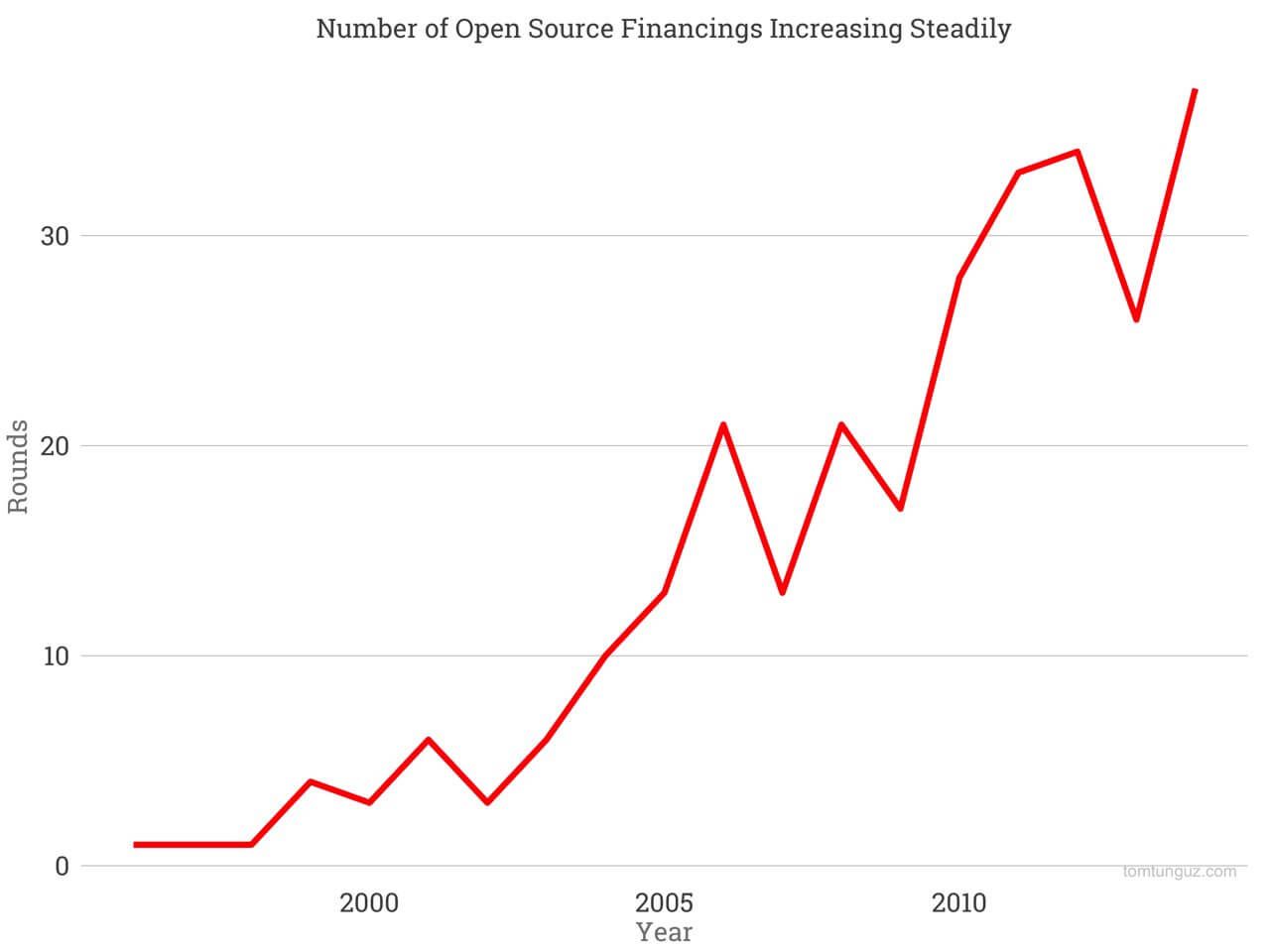
How to evolve your personas
Geoffrey: DocuSign serves a very traditional B2B market, but I imagine it serves a large B2C segment as well. Can you talk me through your time there?
Meagan: Pretty much anyone over the age of 18 needs to sign a document. My mother used DocuSign through Morgan Stanley. I used it to buy my house. People will use it to buy a Tesla or a Harley Davidson. Real estate agents were a huge volume for us. In our marketing, we started out targeting sales and sales ops: people trying to get contracts in. Then that spread into procurement: people who were doing traditional DHL or FedEx, taking forever and spending $25 per document, could do it instantly through email with higher security. HP did a big study with us around the savings of just being able to send a document out for signature. And then that goes beyond to HR and onboarding and facilities and legal.
When we tried to do personas, we started with a few and then expanded to many. We had more than 100 different nurture programs based on title and role alone, which just tells you all the different ways of using it. And found that the uses cases are what mattered. You couldn’t send someone in procurement a sales ops case study, right? We built a lot of content to make sure that when someone came in to the funnel, we did really well around inbound marketing. They all had similar questions: Is it secure? (Yes.) Is it legal? (Yes.) We just wanted to make sure they were educated before sales even talked to them, so they didn’t even think about those things as roadblocks.
Geoffrey: For another marketer working at a company like that (with such a massive addressable market), what sort of advice would you give?
Meagan: Align with sales immediately and find out whom they want to talk to. Had we brought in HR people who were all focused on sales, they never would have even followed up. They just would have said, “Your leads are junk.” It was really important that we agreed on whom we were targeting. As the sales team grew in revenue, revenue targets grew. Then we started to educate and work with sales and scoring when people came in.
Geoffrey: Now that you work at a B2B company, is there any inspiration you can take from having worked in the B2C market?
Meagan: With our developers I feel like it’s still B2C. I think open-source is very much like a free tier. At DocuSign, we had a free offering, and there were a lot of learnings around the volume and what we needed to do to get people on the platform and then convert them into paying customers. The core elements of marketing are to understand your persona and create the content that’s going to bring them in and close them.
Don’t be intimidated by the product
Geoffrey: You obviously came from a technical background. How did that help you as a marketer?
Meagan: A lot of what I learned early on as IT engineer and developer was problem solving. When I left college, I went to Cisco and programmed for master schedulers because I was in manufacturing IT. I got APEC certified, because that was the methodology they were using in their day-to-day lives, and I needed to understand the business side of it. I dealt with a lot of things like bottlenecks, and I examined where leads came into the system and where they transferred to the next stage. If they didn’t get there, where did things break down? When I entered into marketing, I just mapped things out, looked at the flow, and figured out when something wasn’t working without being intimidated by the product. You also have to think about the buyers and understand their needs.
Geoffrey: You mentioned not being intimidated by the product. How do you stay aligned with products on a regular basis?
Meagan: Self-serve businesses are marketing- and product-aligned, and B2B is marketing- and sales-aligned. We have both. You have to be aligned very closely with those organizations, because you’re creating an experience – whether it’s in the field, on your website or in the product. You have to understand the experience, map it out and have a feedback loop.
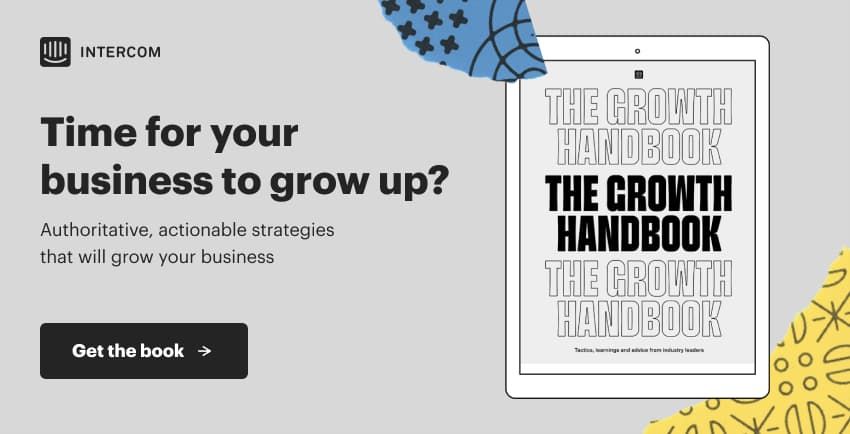
Navigating the growth hurdle
Geoffrey: You’re also an advisor at some pretty well known incredible companies, like G2 Crowd. What are some of the challenges you’re hearing about for companies like this?
Meagan: A lot of startups are trying to figure out what the team should look like: who to hire next, what technologies are out there in their price range. What should they be buying when they have 25 employees compared to 100 or compared to 400? It’s really about looking at what people, technologies and processes to put in place. What’s a typical nurture program like? What’s a good lead-scoring model? How do I partner with sales better? I’m trying to hire someone in demand gen; what are the skillsets I need to look for? I want a CMO; what questions should I be asking? Should I do a press release around this or not? I do see a lot of repetitive questions and different steps along the way to scale.
Geoffrey: When should a startup really think about bringing in a CMO?
Meagan: You bring in a CMO when you’ve got a sizable team where you’re scaling your sales organization. I think you could do it at any time. However, the people you bring in when you’re 25-person company are probably not the same ones who going to be there at 400 or 1,000, unless they can evolve quickly. I would recommend having 100 to 200 people before you’re bringing in a CMO. But I think it depends on your business. If you’re self-serve, you’re going to do it a lot earlier than if you’re a B2B. And it also depends on the talent: whether someone is willing to take a director of marketing title versus a VP title or a CMO title.
Geoffrey: Buyers today are more educated than ever: they’re doing a lot of research themselves and going to places like G2 Crowd or Captera, talking to friends, going on Quora – they’re very much in the driver’s seat. How does that impact marketers and sales teams today?
Meagan: It definitely matters. We have about 28 different technologies running, but we bought 35 in the last three and a half years. And I will tell you that I have not really bought anything from an email or a tweet. It was coming to a conference and talking to a vendor in person and networking with other VPs and CMOs. That social proof really matters. You’re certainly looking at reviews and asking, “Am I doing the right thing?” I think G2 Crowd is definitely onto it. They’re open-platform. The older legacy vendors like Gartner and Forrester are closed systems, and they tend to target Fortune 1000 (and you’ve got to have a budget). That just doesn’t work today. If I want to pick a restaurant, I go to Yelp. I don’t want to pay someone to provide me that insight. I don’t even want to wait to get on the phone to talk to someone or to get a briefing from someone; I want it immediately. And if I can go and see what peers are doing, that’s much more powerful.
Must-have technologies for CMOs
Geoffrey: You mentioned your tech stack and how much you bought over the past few years. I think you mentioned in your panel today that it’s currently at 28 tools, is that correct? What would be your three must-haves starting as a CMO?
Meagan: It really starts out for me on the marketing automation platform. So we have Eloqua and then a demand base as our personalization platform. I’ve got one I really loved recently called Conversica. It’s like an SDR that’s automated. It’s not chat but it follows up on leads, and we have over 200,000 leads a quarter. That’s way too many for our SDR team. So it’s able to catch up, and when someone asks a question or interacts in a way that says they’re ready for a meeting, we either send it to the AE or the SDR. We have Influitive as well, which has been great on the customer advocacy side, and then we have a ton of web technologies.
Geoffrey: It’s interesting you mentioned the SDRs – a lot of that seems to be moving towards automation, or at least the first touches. How do you see that evolving over the next couple of years?
Meagan: I don’t think you can remove people completely. I do think it’s much better to have an interactive response than none at all. You potentially risk the sales cycle being longer, because at some point you need to do discovery. Otherwise, you risk putting people in front of sales, which is very an expensive resource without having them properly qualified or ready to close. It’s going to be a blend, and it helps do high repetition. Ashley Austin, our Conversica rep can do 10,000 conversations a day or however many she does a day, whereas someone else can maybe do 50 a person. So if it can get us in quickly to the people who are ready to buy or have a conversation with a rep, then I think it’s worthwhile. Then learning different languages (like Spanish) allows us to get into other geographies faster, so that if someone has a support question, you can route them to support. So I do think it’s a very cost-effective way to triage. Most SDRs will call three times, email and then move on. But all the studies show us that it actually takes seven, eight, nine times. So if you’re moving on too quickly, you’re leaving money on the table – whereas Conversica will keep reaching out and interacting and doesn’t just give up after three.
Geoffrey: As we look into 2019, are there any particular trends you’re excited about?
Meagan: For so long, we’ve been trying to do everything digital and online. Maybe it’s the stage of the company I’m at right now, but I feel like we’re shifting to more relationship building and being back in the field. You have to maintain both. The customer-in-the-field experience is more expensive, but I think the returns matter a lot for your sales team (at least for enterprise business and B2B enterprise). We’re certainly seeing a lot of trends toward Conversica, with its machine learning and artificial intelligence. There’s a lot of talk around ABM, which I think has been around forever. But it’s more about facilitating and automating that process and coordinating between marketing and sales.
Geoffrey: Meagan, thanks for joining us. It’s been great to have you.
Meagan: Thank you for having me.

